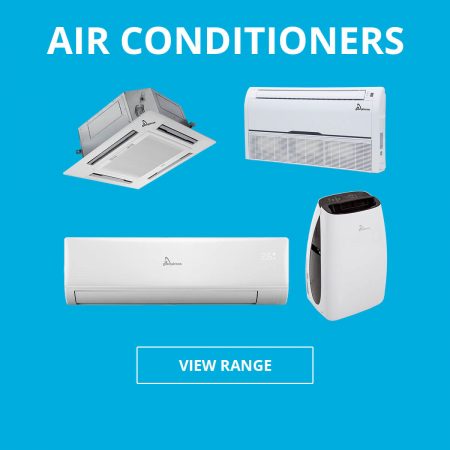An air conditioner is a device meant to improve the climatic conditions in a room. The principle of air conditioning is based on the general physical property of all substances to absorb heat during the evaporation process and release it during condensation. In other words, an air conditioner uses a refrigerant (which is, as a rule, freon) to change the pressure and temperature in a closed loop of the air conditioner system, thereby changing the temperature and pressure of the space it’s in.
But how exactly does it do this, and what are the main parts of an air conditioner? Read on to find out.
Indoor unit
An indoor air conditioner is required to obtain cooled indoor air. The design of this block allows you to receive incoming air from the street and distribute it evenly in the room. In this regard, the main elements of the internal structure are:
Compressor
The air conditioner compressor compresses the freon flowing through the pipes of the refrigeration circuit and maintains its movement. Gaseous freon is supplied to the compressor inlet from the evaporator at a low pressure of 3 – 5 atmospheres and a temperature of 10 – 20°C. The compressor compresses the freon to a pressure of 15 – 25 atmospheres, as a result of which the freon heats up to 70 – 90°C, after which it enters the condenser.
In split-system air conditioners, the compressor is located in an external unit — out the window. This reduces the noise generated by the air conditioner in the room. The main characteristics of a compressor are the degree of compression (compression) and the amount of refrigerant that it can pump. The compression ratio is the ratio of the maximum outlet vapor pressure of the refrigerant to the maximum inlet pressure.
Evaporator
It got this name because during the cooling stage, freon evaporates in the tubes, and the principle of the circuit is based on this phenomenon. The power of the unit largely depends on the size of this device: the larger the air conditioner, the larger the evaporator should be. It’s an interweaving of tubes with plates that increase the heat transfer plane. The refrigerant moves through the capillary vessels at a certain speed and temperature.
Fan
To quickly cool the room, it’s necessary to force the airflow through the cooling radiator. This impeller helps with this. In many models, the evaporator delineates the fan configuration and makes the installation of the indoor unit more compact. This creates an effective circulation of air masses. The fan motor is attached with a special bracket to the module box and serves to rotate the impeller.
Drainage bath
Condensation forms on the radiator during operation, and there’s a tray to collect it. In addition to moisture, it collects dust, dirt, and other foreign particles. This part can be removed when it becomes too full.
Outdoor Unit
Despite the variety of air conditioners, outdoor units have mosts of the same components:
Compressor
It’s able to compress freon and give a certain movement along the contour.
Condenser
A condenser located in the outdoor unit. It converts the refrigerant into a liquid state.
Evaporator
The radiator is located inside the device – it’s used to convert freon from the water phase to the gaseous state.
Thermostatic expansion valve (TRV)
This device reduces the refrigerant pressure.
Fans
The purpose of these devices is to blow through the evaporator and condenser in order to create a more intense heat exchange with the atmosphere.
Filter
These parts of the air conditioner protect the circuit from the ingress of foreign particles such as dirt and dust.
